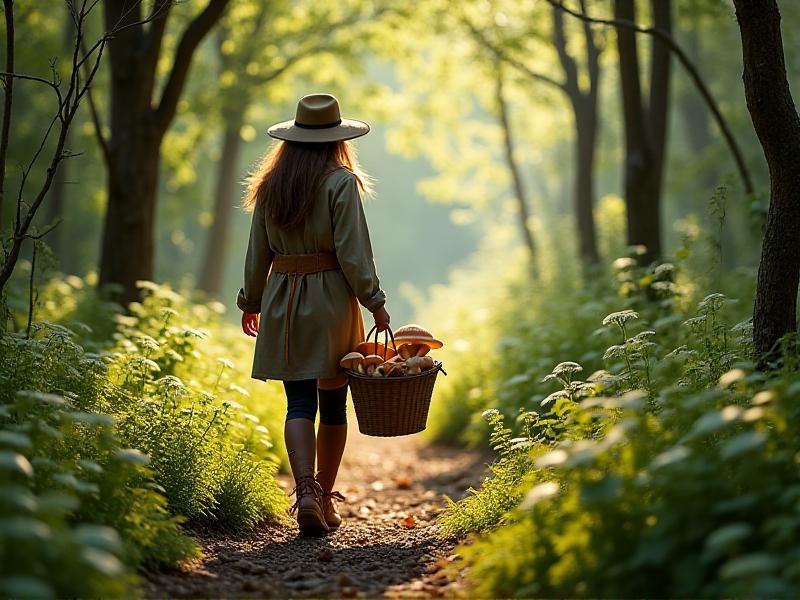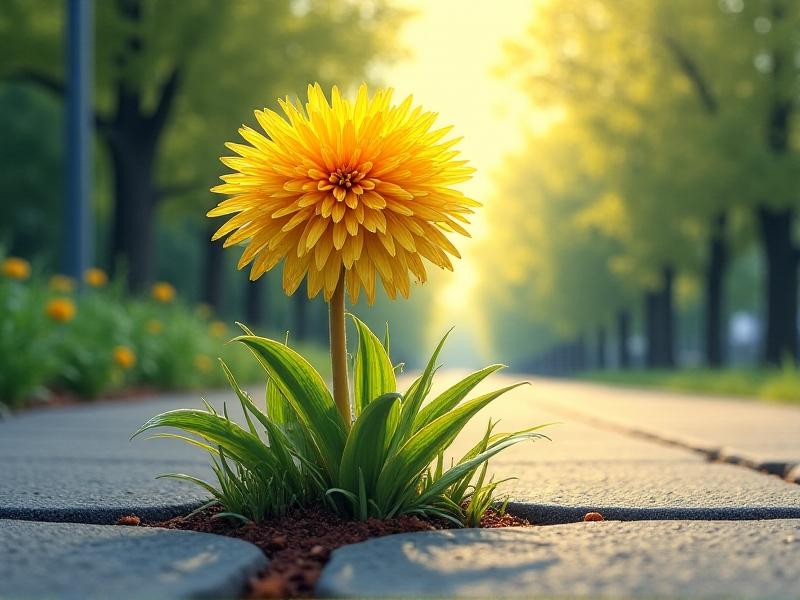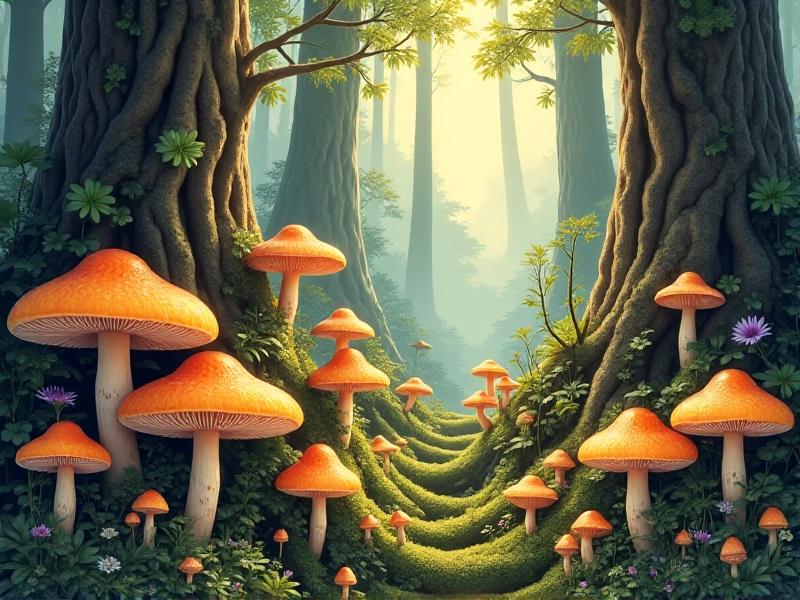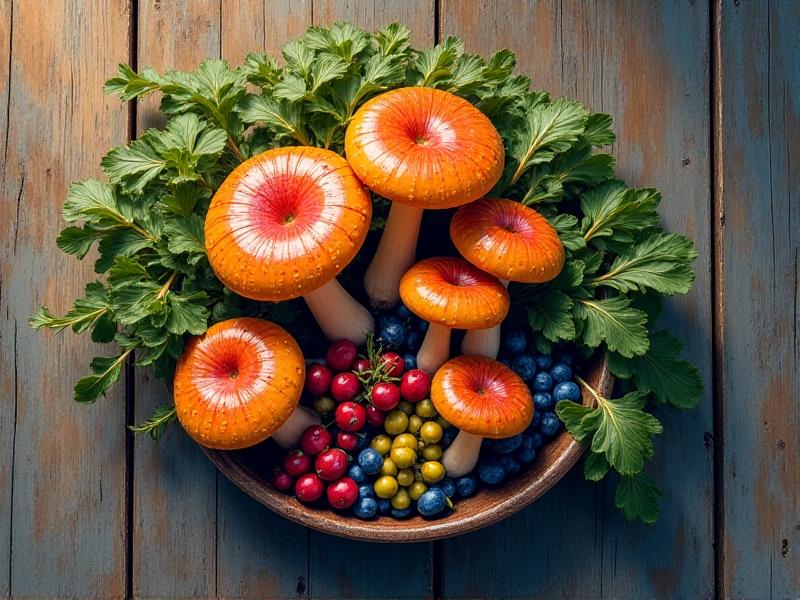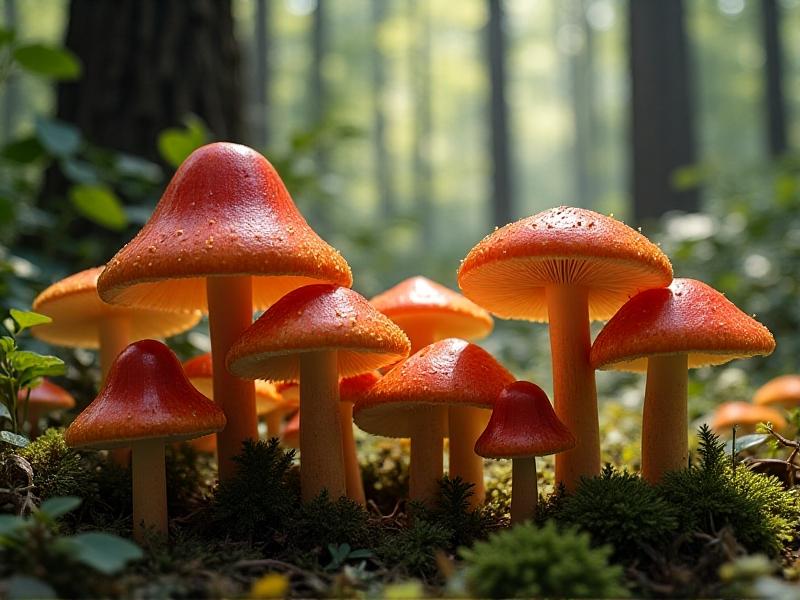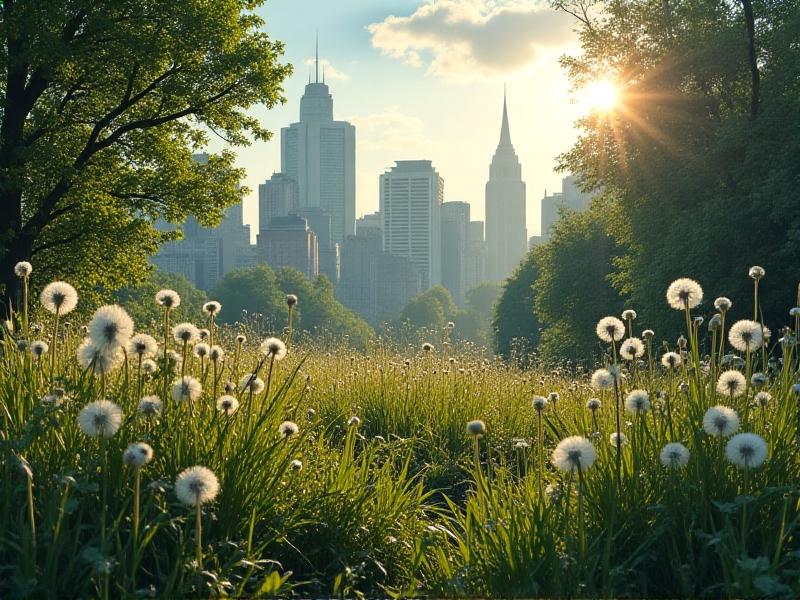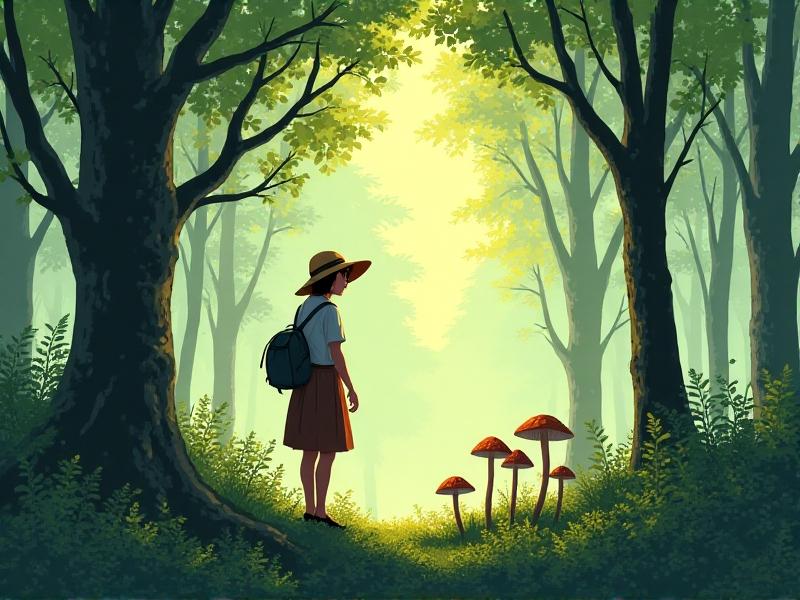Seasonal Foraging Calendar for Urban Edible Plants Across Climates
Introduction to Urban Foraging and Its Benefits
Urban foraging is the practice of identifying, harvesting, and consuming wild edible plants found in city environments. This ancient practice has seen a resurgence in recent years as people seek sustainable, local, and free food sources. Urban foraging not only connects individuals to nature but also promotes biodiversity awareness and reduces food waste. Cities, often perceived as concrete jungles, are surprisingly rich in edible plants that grow in parks, sidewalks, and abandoned lots. By understanding the seasonal availability of these plants, urban foragers can create a year-round calendar to maximize their harvests.

Understanding Climate Zones and Their Impact on Foraging
Climate plays a crucial role in determining which edible plants thrive in a given area. Urban foraging calendars must account for variations in temperature, rainfall, and growing seasons across different climates. For example, temperate climates experience four distinct seasons, offering a diverse range of plants throughout the year. In contrast, Mediterranean climates have mild, wet winters and hot, dry summers, favoring drought-resistant species. Tropical climates, with their consistent warmth and humidity, support year-round growth of certain plants. Understanding your local climate zone is essential for successful foraging and ensures you know when and where to look for specific species.
Spring Foraging: A Time of Renewal and Abundance
Spring is a season of renewal, and for urban foragers, it’s a time of abundance. As temperatures rise and daylight increases, a variety of edible plants begin to emerge. Common spring finds include dandelions, whose leaves are rich in vitamins, and chickweed, a tender green perfect for salads. Wild garlic and ramps also make their appearance, adding a pungent flavor to dishes. In temperate climates, spring is ideal for foraging nettles, which can be cooked into soups or teas. Urban foragers should focus on parks, riverbanks, and shaded areas where these plants thrive. Always ensure you’re harvesting sustainably by taking only what you need and leaving enough for the ecosystem to regenerate.
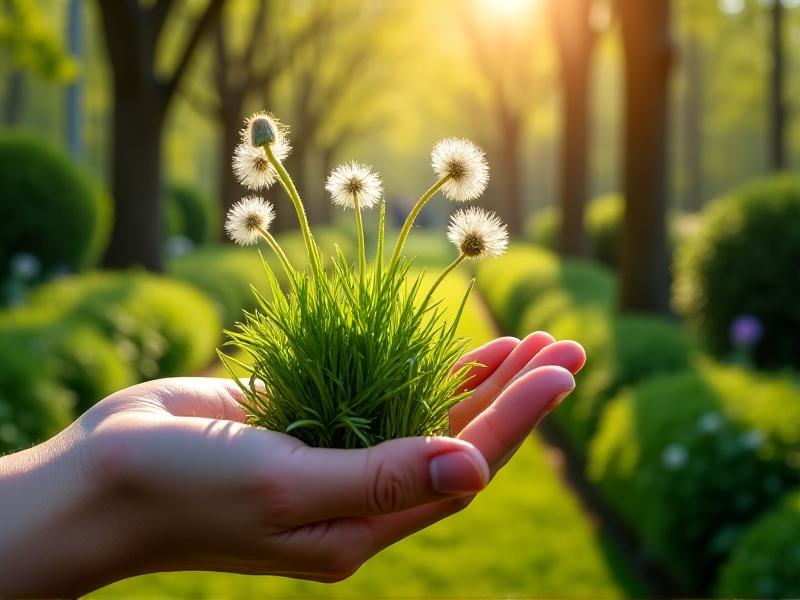
Summer Foraging: Heat-Resistant Edibles and Berries
Summer brings warmth and longer days, creating ideal conditions for heat-resistant plants and wild berries. In urban areas, you can find purslane, a succulent plant rich in omega-3 fatty acids, growing in cracks in the pavement. Mulberries and blackberries often ripen in summer, providing a sweet treat for foragers. In Mediterranean climates, figs and elderberries are abundant. Foragers should also look for lambsquarters, a versatile green that can be used like spinach. Summer foraging requires early morning or late evening excursions to avoid the heat. Always be cautious of pesticides and pollutants in urban environments, and wash your harvest thoroughly before consumption.
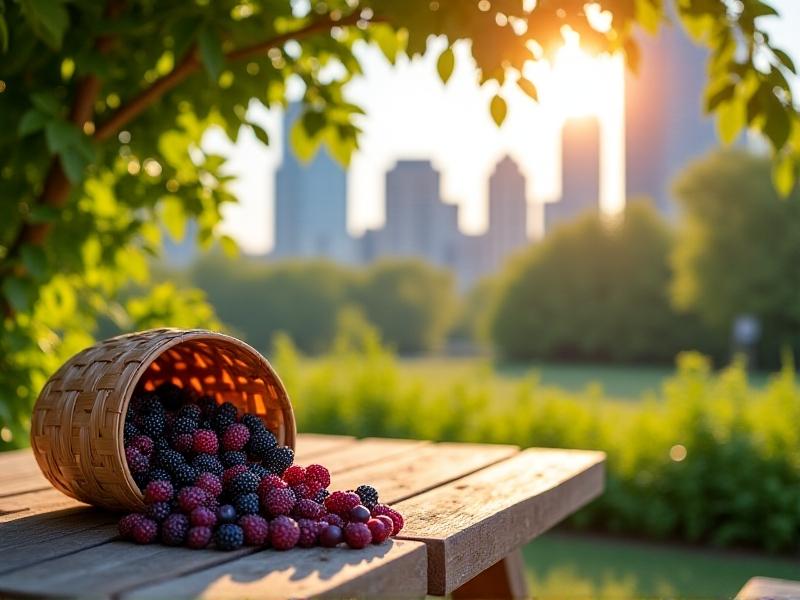
Autumn Foraging: Nuts, Fruits, and Late-Season Greens
Autumn is a season of harvest, and urban foragers can enjoy a bounty of nuts, fruits, and late-season greens. Walnuts, hazelnuts, and acorns are common finds in temperate climates, while persimmons and wild grapes add sweetness to the season. Foragers can also find mushrooms, such as hen-of-the-woods, in wooded urban areas. Late-season greens like lamb’s lettuce and sorrel continue to grow, providing fresh options for salads. Autumn foraging often requires a bit more effort, as fallen leaves can obscure plants and nuts. However, the rewards are well worth it, as autumn offers some of the most nutrient-dense and flavorful wild foods.
Winter Foraging: Hardy Plants and Evergreen Treasures
Winter may seem like a challenging time for foraging, but hardy plants and evergreen treasures can still be found. In temperate climates, foragers can look for pine needles, which can be brewed into a vitamin C-rich tea, and winter cress, a bitter green that adds depth to winter dishes. In milder climates, citrus fruits like kumquats and lemons are often abundant. Urban foragers should explore evergreen shrubs and trees, such as holly and bay, which provide edible leaves and berries. Winter foraging requires patience and creativity, but it’s a rewarding way to stay connected to nature during the colder months. Always dress warmly and be mindful of slippery conditions in urban parks and trails.
Safety and Ethics in Urban Foraging
While urban foraging offers many benefits, it’s essential to prioritize safety and ethics. Always identify plants accurately using reliable guides or apps to avoid toxic species. Be mindful of pollution and avoid foraging near busy roads, industrial areas, or sprayed lawns. Harvest sustainably by taking only what you need and leaving enough for wildlife and future growth. Respect private property and local regulations, and seek permission when necessary. Urban foraging is a communal activity, so share your knowledge and encourage others to forage responsibly. By following these guidelines, you can enjoy the rewards of urban foraging while protecting the environment and fostering a sense of community.
Creating Your Own Seasonal Foraging Calendar
Creating a personalized seasonal foraging calendar is a practical way to stay organized and maximize your harvests. Start by researching the edible plants native to your area and their growing seasons. Use a notebook or digital tool to track when and where you find specific species. Include notes on plant identification, harvesting tips, and recipe ideas. Over time, your calendar will become a valuable resource, helping you anticipate the best times to forage and discover new plants. Share your calendar with fellow foragers to exchange knowledge and build a stronger urban foraging community. With a well-planned calendar, you can enjoy the benefits of urban foraging year-round.
Conclusion: Embracing the Urban Foraging Lifestyle
Urban foraging is more than just a way to find free food—it’s a lifestyle that fosters a deeper connection to nature, promotes sustainability, and builds community. By understanding the seasonal availability of edible plants and foraging responsibly, you can transform your city into a source of nourishment and inspiration. Whether you’re a seasoned forager or a beginner, the journey of discovering wild foods in urban environments is endlessly rewarding. So grab your basket, head outside, and start exploring the edible treasures hidden in your city.


